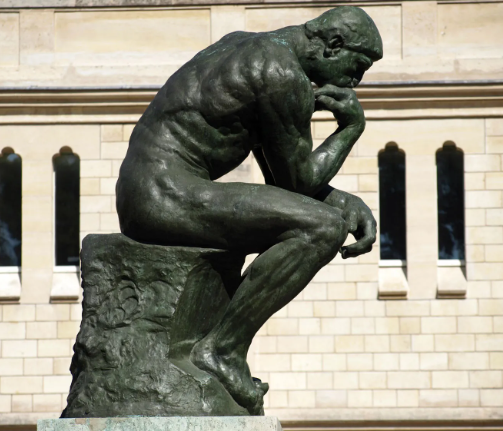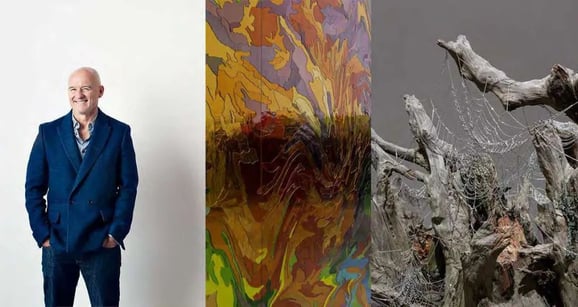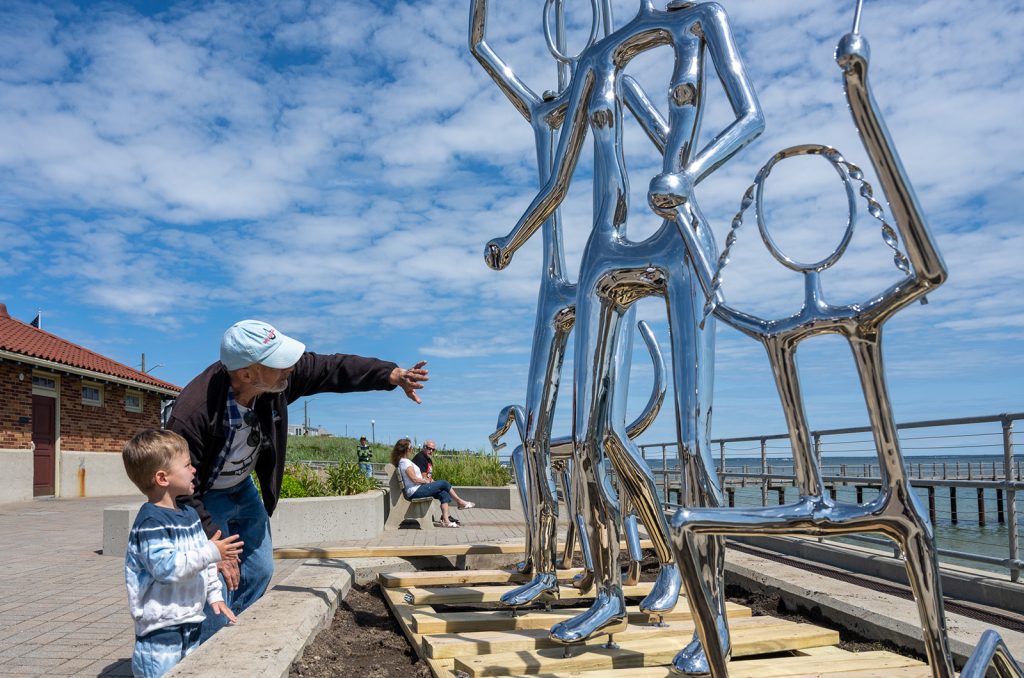The Sculptor of Emotion: Exploring the Life and Legacy of Auguste Rodin
Auguste Rodin is celebrated as one of the most significant sculptors of the late 19th and early 20th centuries. His ability to capture human emotion and movement has left a lasting impact on the world of art. Understanding his life and works not only enriches our appreciation of sculpture but also connects us to the broader narrative of artistic evolution.
The Early Life of Rodin
Born on November 12, 1840, in Paris, Auguste Rodin displayed artistic talent from a young age. Despite struggling academically, he pursued his passion for art at the École des Beaux-Arts. Although he faced rejection early in his career—most notably, his work was twice dismissed from the prestigious Salon—Rodin’s determination led him to develop a unique style. His early experiences and failures informed his later masterpieces, serving as stepping stones to become a pioneer in modern sculpture.
Rodin’s Approach to Sculpture
What sets Rodin apart from his contemporaries is his revolutionary approach to the medium. He believed that a sculpture should convey the essence of a subject rather than merely replicate its form. This philosophy led him to leave surfaces rough and expressive, evoking raw emotions and lifelike movement. His masterpieces, such as “The Thinker” and “The Kiss,” illustrate his ability to capture the complexity of human feelings. Rodin’s innovative techniques paved the way for future generations of sculptors, encouraging them to explore emotion and expression in new ways.
The Legacy of Rodin
Rodin’s influence extends far beyond his lifetime, reverberating throughout the art world. His focus on emotion and realism continues to inspire artists across various mediums. Rodin’s work also played a pivotal role in the acceptance of sculptural art during a time when painting dominated the cultural landscape. Today, many of his pieces can be found in major museums worldwide, including the Musée Rodin in Paris, dedicated entirely to his works. This legacy not only celebrates his artistic genius but also acts as a reminder of the transformative power of art.
In conclusion, Auguste Rodin’s life and work represent a remarkable journey through the world of art. By exploring his contributions, we gain insight into the evolution of sculpture and the eternal ability of art to deepen our understanding of human emotion. For anyone interested in art, visiting a museum dedicated to Rodin or viewing his works can be an enlightening experience. Take the time to explore his pieces, and let them move you as they have inspired countless others.


